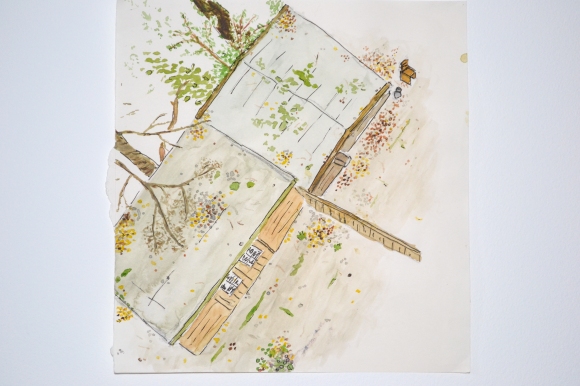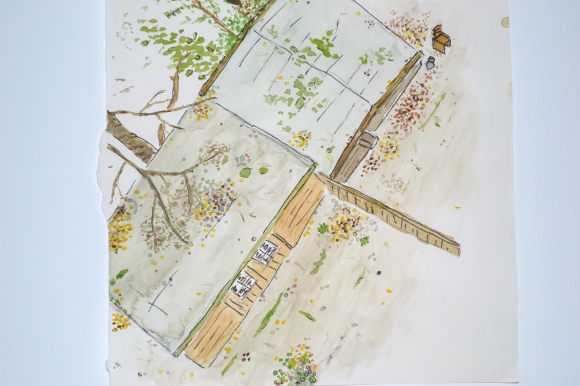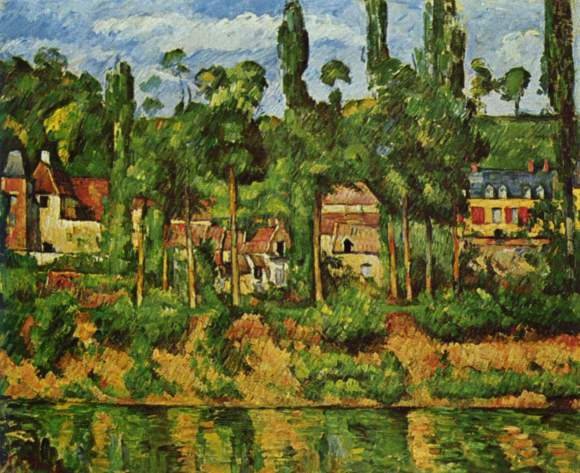At the end of last October, my partner and I departed Amsterdam and returned to York. The cause was my commencing a PhD in literature at the University of York. While there were possibilities for undertaking doctoral research at a university which would have enabled us to continue living in Amsterdam – including an excellent opportunity with the University of Antwerp – we ultimately decided that York presented the best scenario for study. Preparations for the move occupied much of late October; there was the fact of the move itself; and then followed the process of finding and inhabiting an apartment in York while also developing a working habit at the University.
That serves as a loose explanation for my lack of posts between last September and mid-March; but as much as I was preoccupied with other things, I simply fell out of the habit of posting. More, during September and October, I began and wrote significant portions and passages for articles which were intended for the site, but never finished. Aside from no longer possessing a surfeit of time, and aside from the diminishing of a regular article-writing habit, the existence of these unfinished pieces served to further pervert the end of publication. As those articles which I had begun became less and less relevant, the inclination was to consider how their material could be repurposed – rather than focusing on what else I ought to write. What had been written became a barrier to further work. The situation in Ukraine and Crimea compelled several pieces last month, and marked my return to posting.
In the last few weeks before we left Amsterdam, I painted a small number of paintings comprising views from the rear balcony of our apartment, in the ‘Oud-Zuid’ of the city. The paintings are in watercolour and ink. Some of their views will be visible in earlier collections of photographs posted on this site; or else via my Instagram account. This first painting looks down upon two sheds, and contains all of the relevant fallen leaves and foliage.












